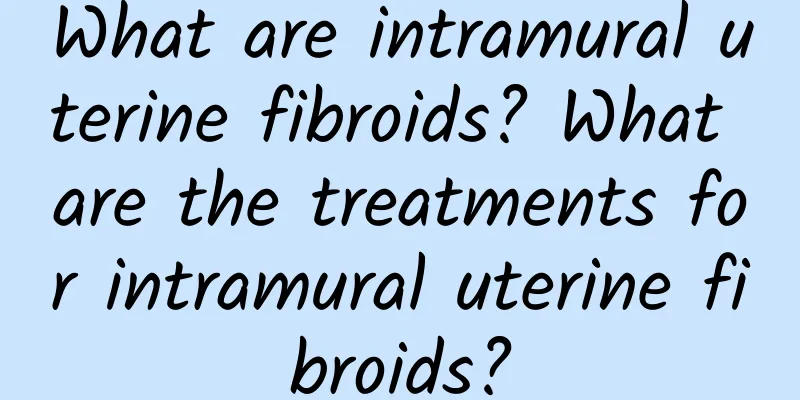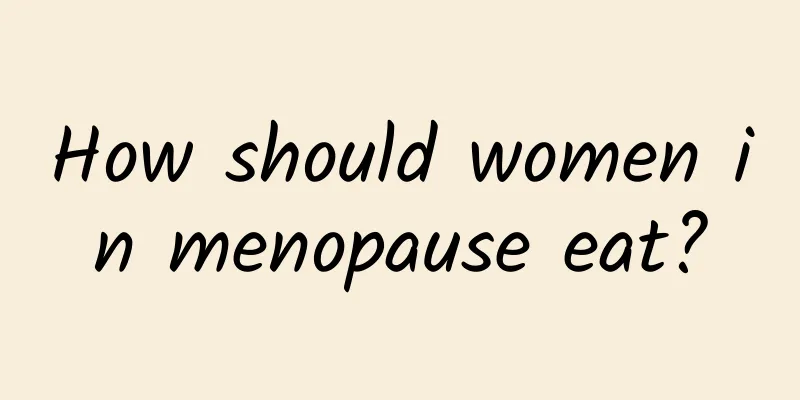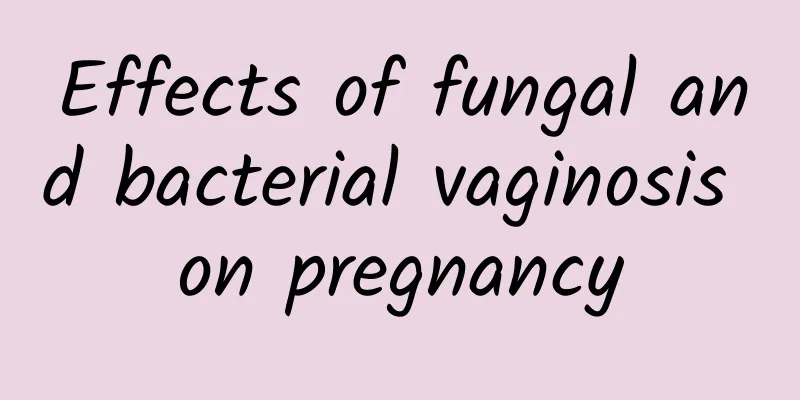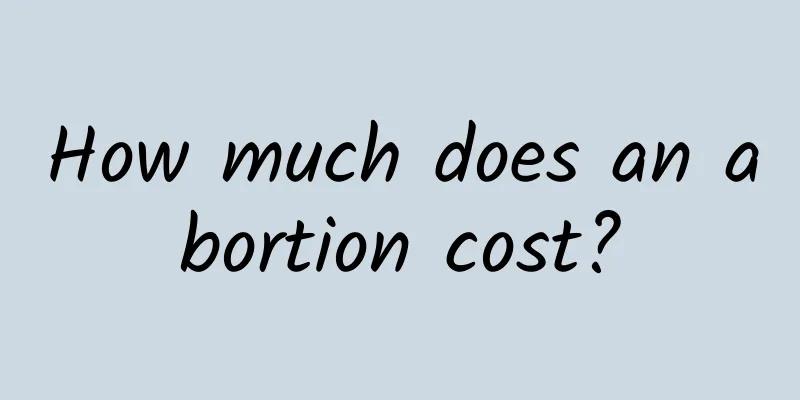What are intramural uterine fibroids? What are the treatments for intramural uterine fibroids?

|
Uterine fibroids are a common gynecological tumor disease. Many women worry about whether they will get uterine fibroids, because if this disease is not treated early, it may also lead to infertility. The treatment of uterine fibroids is very important. So, what is the treatment for uterine fibroids? The treatment of uterine fibroids depends on the patient's age, symptoms, location, size, growth rate, number, uterine deformation, whether to preserve fertility and the patient's wishes. Minimally invasive surgery for uterine fibroids refers to laparoscopic treatment. Various laparoscopic surgeries for uterine fibroids are also increasingly being used in clinical practice. There are several laparoscopic methods for treating uterine fibroids, the most commonly used of which is laparoscopic uterine fibroid dissection, which is most suitable for young women who have not given birth. The following introduces the traditional surgical treatment of uterine fibroids: There are many traditional surgical methods for uterine fibroids, including total hysterectomy, subhysterectomy, myomectomy, uterine artery embolization, major laparotomy, minimally invasive laparoscopy and interventional embolization. Each of these methods has its own advantages and disadvantages, and the appropriate method should be selected according to the specific situation of the patient. A. The advantage of hysterectomy is that it relieves the worry about new uterine fibroids. There are many adverse effects after losing the uterus: surgical resection itself is a harmful therapy; anesthesia accidents may occur during the operation; surgical complications such as intestinal adhesions may occur after the operation; pelvic relaxation; in addition, the ovaries lack blood supply from the ascending branch of the uterine artery, which is prone to premature aging and early menopause, which may affect women's sexual life and even some women's personality changes. B. The advantages of minimally invasive treatment are that the uterus can be preserved, scars are small, and trauma is minimal. Laparoscopic treatment is more likely to recur, and one-third of patients need another surgery. There is a risk of heavy bleeding and damage to surrounding organs during surgery, and side effects such as scars and intestinal adhesions after surgery. Uterine artery embolization treatment can cause complications such as fever, pain, pelvic infection, embolization of normal organs, and affect sexual function; X-ray radiation effects. |
Recommend
What methods can effectively prevent the occurrence of cervical erosion?
With the irregular sex life of young women nowada...
It is important to understand the causes of cervicitis
Cervicitis is a common disease among women. Many ...
What are the diagnostic methods for vaginitis in young girls?
What are the diagnostic methods for vaginitis in ...
Eat to develop your natural fat burning power! Rice is a very beneficial food for weight loss
Why do some people only drink "zero-calorie&...
What to do if your vagina is abnormal and your vulva is itchy? Keep your underwear clean
The vast majority of women have experienced abnor...
Lose weight without spending any money! Gillian Chung shares proven and effective water-drinking schedule for weight loss
Gillian Chung Xintong, who once lost 3KG in 6 day...
What are the early symptoms of ovarian cysts and what causes them?
What are the early symptoms of ovarian cysts? How...
Is the Xiaomi suppository effective in treating cervical erosion? How to treat cervical erosion?
Cervical erosion is a common gynecological diseas...
What should I do if my first menstrual flow after abortion is small and black?
The first menstrual period after abortion is smal...
Can ectopic pregnancy be prevented?
Can ectopic pregnancy be prevented? To understand...
How to use medicine for pelvic inflammatory disease? There are many precautions
There are many things to note when using drugs to...
How to care for patients with amenorrhea in daily life
Amenorrhea is a common gynecological disease and ...
Different types of vaginitis symptoms should also be taken seriously
Different types of vaginitis symptoms should also...
Detailed description of the typical symptoms of each stage of hyperplastic vulvar leukoplakia
Many people must have heard of hyperplastic vulva...
When can I have sex after an abortion? When can I have sex after an abortion?
When can I have sex after an abortion? This is a ...









